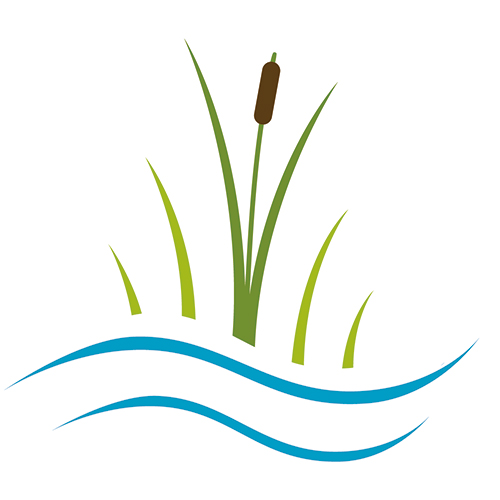Usage
MANAGEMENT AND UTILISATION

Peatlands have been used by humans in various ways over many centuries. In particular, large low-lying peatland complexes were drained and cultivated for agricultural use by regulating water levels. Initially, water levels were lowered only slightly in the summer months, but later – especially after 1945 – they were lowered significantly throughout the year. The overarching aim was to increase the use of heavier machinery and to transform the vegetation. This form of management led to permanent peatland soil loss, mineralisation and an enormous release of “greenhouse gases” previously bound in the soil, especially CO2 equivalents. It also often resulted in an irreversible change in soil structure, which in turn affected the peatland’s capacity for agricultural use. In the course of peatland subsidence, this may often result in waterlogging problems, which force a constant deepening of the drainage capacity (negative spiral). As a result, the increasingly extensive drainage measures may also lead to large-scale water scarcity, beyond the peatlands.
Nevertheless, the continuation of agricultural and forestry management and use of peatlands makes economic and climate policy sense, as well as taking nature conservation and environmental protection aspects into account. It is essential, however, under current climatic conditions to manage peatlands through their natural hydrology in order to avoid peatland soils continuing to be a major source of greenhouse gas emissions in Germany as a result of drainage. Peatland soils need constantly high water levels in order to reuse their potential for greenhouse gas sequestration and water retention. Management under wet conditions requires the development and widespread application of best professional practice specific to peatland.
The major climate peatland protection directive has been announced for autumn 2021, which aims to prevent further decomposition of peatland soils and encourage transition to wet peatland use. The project, designated the “Climate protection and climate impact adaptation through peatland-friendly reservoirs and water management relating to peatland areas in the state of Brandenburg and its catchment areas”, is intended to provide offers, advise farmers on the topic and support them in using peatland areas more effectively in a value-creating way using appropriate technology in wet management or to realign areas from drained to wet peatland use. People with specialist knowledge are happy to provide comprehensive information and appropriate advice in the context of possible operational conversions or adaptations. For example, in the production of Paludi permanent cultures in wet meadows or pastureland, where it is possible to use water-tolerant plants such as reeds, reed canary grass and bulrushes, or to keep water buffaloes. In addition, assistance is to be offered for the transition with regard to the acquisition of technology adapted to peatland. Last but not least, it is about supporting the development of new utilisation options for products based on biomass produced on peatland. This means that rushes, sedges and reeds can be used for the production of artificial and peat substitute materials, insulation boards or cardboard and paper, as well as for energy use.
